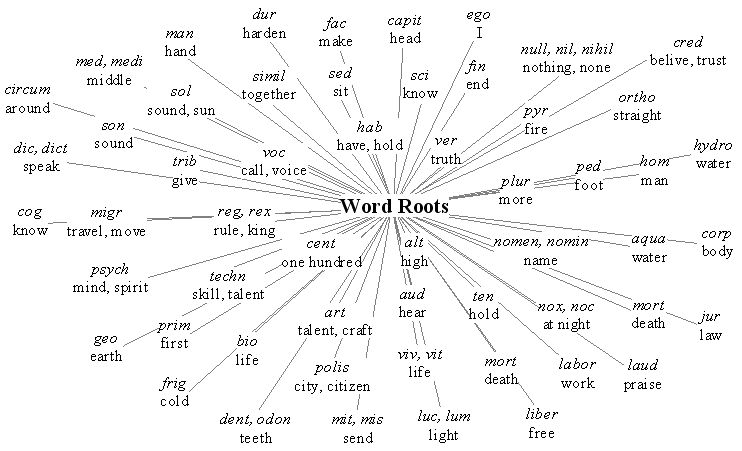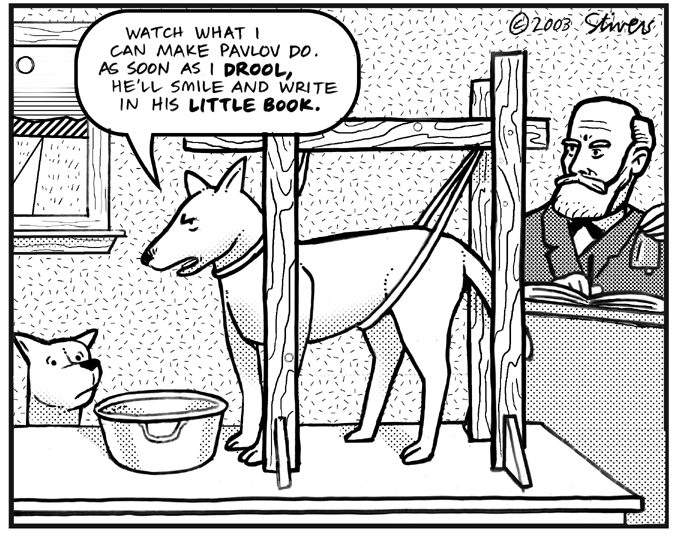Watch the video. Take 10 notes and write 3 questions as you watch. When the class period is ending, record where you are in the video to finish tomorrow.
Labels
American History
(37)
Book Review
(1)
Ceramics
(1)
Civics
(29)
Community
(1)
Computer
(1)
Creative Writing
(86)
Economics
(20)
English 11/12
(15)
English 9/10
(11)
English A
(24)
English B
(23)
English Make-Up Work
(4)
Health
(4)
Psychology/Sociology
(50)
Science
(1)
Seniors
(1)
World Studies
(25)
Tuesday, November 19, 2013
Friday, November 15, 2013
Drafting, Self-Revising, & Self-Editing Realistic Short Stories
Week 12:
1. Choose one of your story ideas (one of the ones that you wrote a descriptive paragraph). Write a full first draft for that story. It should contain the following elements:
· A conflict (person vs. person, person vs. nature, person vs. society, and/or person vs. self)
· Beginning (exposition), middle (rising action & climax), and end (falling action & resolution)
· Sensory descriptions (imagery) of setting and at least one character
· Dialogue
· Thoughtful word choices (diction)
2. Revise and edit your story. First, double check that your story meets all the above requirement. Second, edit it! I do not want to see a draft with any glaring errors in capitalization, punctuation (especially dialogue and correctly used apostrophes), sentence structure (run-ons and fragments), or spelling (use spell check and make sure you don't confuse homophones like to, too, and two or they're, there, and their, or your and you're).
**This is due Monday (11/25). You have over a week to compete this. My expectations are for well-written, descriptive, interesting, and correctly written stories!
Friday, November 8, 2013
Pre-Writing Realistic Short Stories, Voice, & More Diction Work
Week 11:
1. Choose your top THREE story ideas from last week. For each of those three story ideas, write a descriptive paragraph that focuses in on a character or a setting within that story idea, using imagery.
2. Learn about and active versus passive voice here. Then, quiz yourself by filling in the Google Form. Turn the passive sentences into active sentences correctly for full points.
3. Last, expand your vocabulary by learning about Greek and Latin roots. View and complete the following worksheet that will expose you to and give you practice with 14 common roots.
Tuesday, November 5, 2013
Secrets of the Samurai Sword
Examine the thousand-year-old art and science behind the making of a Japanese warrior's signature weapon on the NOVA special from PBS: "Secrets of the Samurai Sword".
This video will take you two class periods.
Ask 3+ questions and take 10+ notes while watching each day (total of 6+ questions and 20+ notes).
This video will take you two class periods.
Ask 3+ questions and take 10+ notes while watching each day (total of 6+ questions and 20+ notes).
Monday, November 4, 2013
Learning & Conditioning Quiz Information
Know and use these terms:
- unconditioned
- conditioned
- stimulus
- neutral stimulus
- response
- classical conditioning
- operant conditioning
- positive reinforcement
- negative reinforcement
- punishment
- omission training
- latent learning
- observational learning
- PQ4R
Sunday, November 3, 2013
Descriptive Writing & Realistic Short Story Brinstorming
Week 10:
1. Read the following imagery-rich passage, paying attention to details that make you see, hear, smell, taste, and/or feel that which is being described:“The hot July sun beat relentlessly down, casting an orange glare over the farm buildings, the fields, the pond. Even the usually cool green willows bordering the pond hung wilted and dry. The low buzzing of mosquitoes hung about us. Our sun-baked backs ached for relief. We quickly pulled off our sweaty clothes and plunged into the pond, but the tepid water only stifled us, and we soon climbed onto the brown, dusty bank. Our parched throats longed for something cool—a tart strawberry ice, a tall frosted glass of sweetly sour lemonade.
“We pulled our clothes out of the crackling underbrush, the sharp briars pulling at our heavy, wet clothes. We wriggled into our damp jeans and ambled toward the watermelon patch. As we began to cut open the nearest melon, we could smell the pungent skin mingling with the dusty odor of the dry earth. Suddenly, the melon gave way with a crack, revealing the deep, pink sweetness inside.”
2. Then, list ten examples of phrases from the passage that show imagery & classify them by the sense to which they appeal (sight, hearing, smell, taste, or touch).
3. Then, I would like you to read and react to both of the following autobiographical short stories: "Hair" by Malcolm X OR "Eleven" by Sandra Cisneros. Your reactions should be about a paragraph long each and should briefly summarize the story as well as discuss what you notice about Malcolm X’s or Cisneros’s writing style that you liked and that could help you in your own writing. These stories are acting as mentor texts, examples of autobiographical (or semi-autobiographical) realistic writing that can help you think about your own story and voice.
4. Next, I want you to think of some ideas for your own autobiographical short story. Think about your own experiences. "Write what you know" is a famous piece of advice. Start out by writing a piece called “I remember.” This piece is a brainstorm, free flow of thoughts that can work as a prewriting strategy. If you handwrite, this should be 30 lines at least. If you type, this should be 15 lines at least (12 point font). If you get stuck, just write “I remember” and restart. You may write about just one memory the whole time or a bunch of different memories.
5. Last, think of at least FIVE ideas of stories that have happened to you or someone that you know well that you can retell in a short story (creative license is fine here to fill in some details).
So that you have some other options, write down THREE more ideas in which you can be a little more creative. That is, you don't have to write about an actual instance in your life, but base it on what you know. Nathan Englander explains that sometimes, “'Write what you know’ isn’t about events… It’s about emotions. Have you known love? jealousy? longing? loss? Did you want that [video game system] so bad you might have killed for it? If so, it doesn't matter whether your story takes place in Long Island or on Mars – if you’re writing what you know, readers will feel it.”
To summarize:
- Read the following imagery-rich passage.
- List ten examples of phrases from the passage that show imagery & classify them.
- Read and react to both "Hair" by Malcolm X and "Eleven" by Sandra Cisneros.
- "I Remember" freewrite (15 lines typed, 30 lines handwritten).
- FIVE ideas of stories that have happened to you or someone that you know AND THREE more ideas in which you can be a little more creative. (8 total ideas)
Subscribe to:
Posts (Atom)



